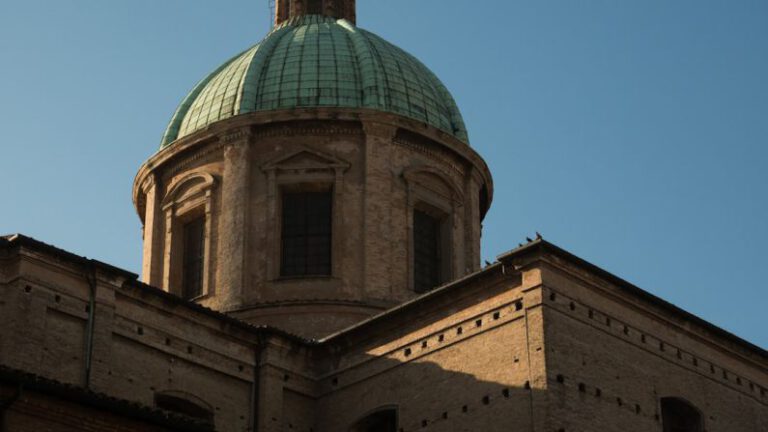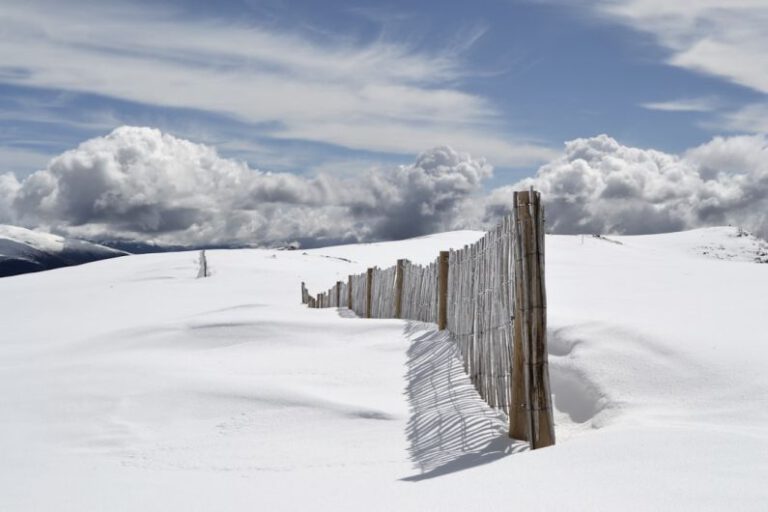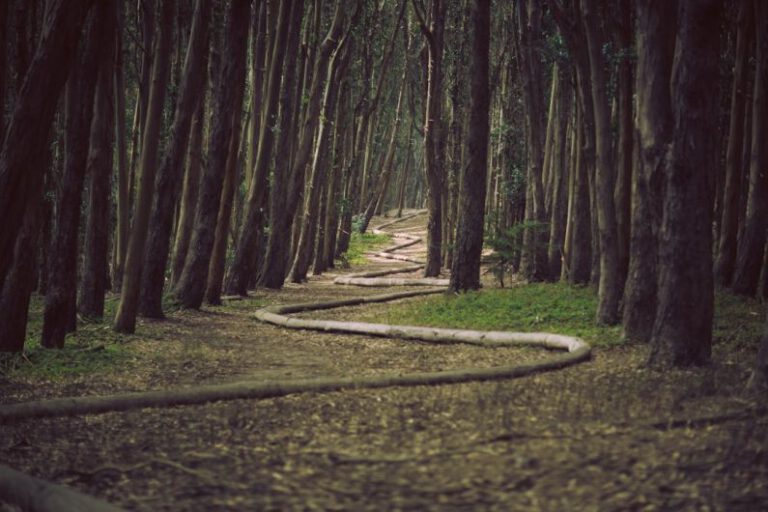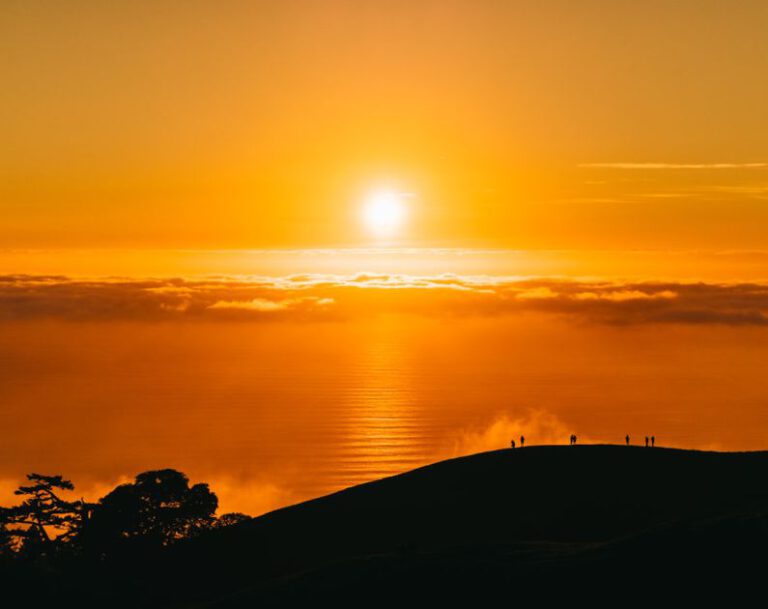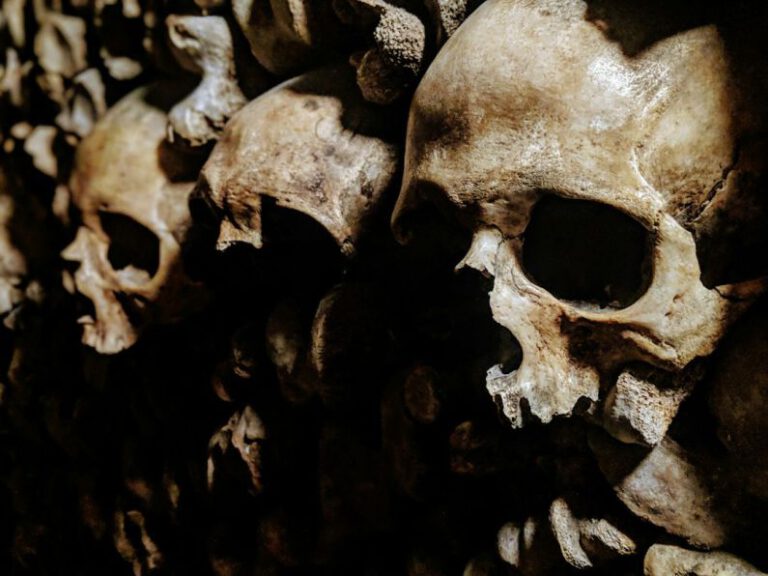What Gives Life to the Dead Vlei, Namibia?
The Mysterious Life of Dead Vlei, Namibia
In the heart of the Namib Desert lies a place that seems to defy the very essence of its name – Dead Vlei. This surreal landscape, characterized by its stark white clay pan surrounded by towering red sand dunes, holds a captivating allure that beckons travelers from around the world. Despite its desolate appearance, Dead Vlei is teeming with life, albeit in forms that may not be immediately apparent to the naked eye. What gives life to this seemingly lifeless place in Namibia? Let’s delve into the mysteries and marvels of Dead Vlei.
The Enigmatic Trees of Dead Vlei
At the center of Dead Vlei stand the haunting skeletons of ancient camel thorn trees, their twisted branches reaching towards the sky like eerie sculptures frozen in time. These trees, estimated to be over 900 years old, are believed to have once thrived in a vibrant oasis sustained by the now-dry Tsauchab River. The desiccated remains of these trees, preserved by the arid desert conditions, serve as silent sentinels that bear witness to the passage of time in this otherworldly landscape.
Despite their appearance of petrified stillness, these trees play a crucial role in the ecosystem of Dead Vlei. While they no longer draw sustenance from the absent waters of the Tsauchab River, their presence provides vital support for a variety of organisms that have adapted to survive in this harsh environment. From insects that burrow into the decaying wood to birds that seek refuge in the hollowed trunks, the dead trees of Dead Vlei harbor a hidden world of biodiversity that thrives amidst the desolation.
The Dance of Light and Shadow
One of the most striking features of Dead Vlei is the interplay of light and shadow that transforms the landscape into a canvas of ever-shifting patterns and hues. As the sun rises over the horizon, casting long shadows across the cracked clay pan and illuminating the crimson dunes that encircle the vlei, a magical transformation takes place. The stark contrasts between light and dark create a dynamic visual spectacle that mesmerizes visitors and photographers alike.
The dance of light and shadow not only enhances the aesthetic allure of Dead Vlei but also influences the ecological dynamics of the area. The shifting patterns of sunlight dictate the temperature fluctuations experienced by the organisms that call this place home, influencing their behavior and survival strategies. From the resilient grasses that cling to the parched earth to the elusive creatures that seek shelter in the crevices of the dunes, life in Dead Vlei is intricately intertwined with the rhythms of light and shadow.
The Resilience of Life in the Desert
Despite its harsh and unforgiving environment, Dead Vlei serves as a testament to the resilience of life in the desert. From the tenacious grasses that push their way through the cracked clay to the hardy insects that scuttle across the sun-baked surface, the ecosystem of Dead Vlei is a testament to the adaptability and ingenuity of nature. Even in the most inhospitable of conditions, life finds a way to thrive and endure.
As visitors wander through the surreal landscape of Dead Vlei, they are reminded of the fragile yet enduring beauty of our natural world. The haunting beauty of the ancient trees, the mesmerizing play of light and shadow, and the silent resilience of life in the desert all come together to create a sensory experience that is both awe-inspiring and humbling. In the heart of the Namib Desert, where life and death converge in a timeless dance, Dead Vlei stands as a stark yet poignant reminder of the intricate interconnectedness of all living things.

